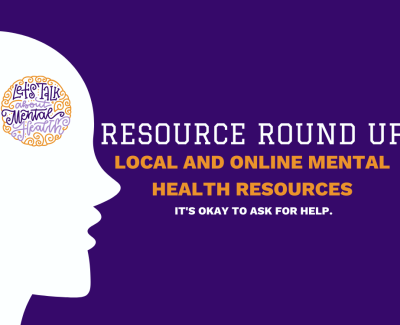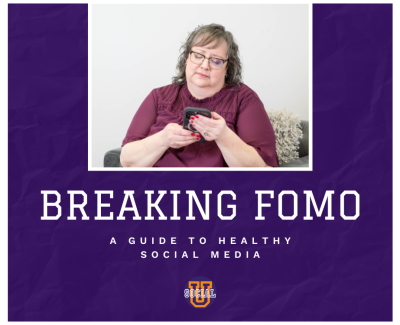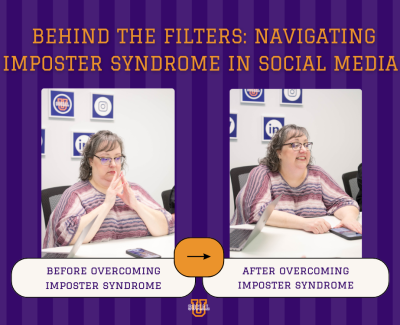
#MotivationalMonday is kind of everywhere. You want to be more unique but it still needs to be popular, so today I’m talking about hashtags based on days of the week. I read an awesome article that you can check out for more, but I want to talk about days that are popular but are not overused. You can get great exposure with these hashtags, but you’re not doing what everybody else is doing.
Hashtags are huge and you must use them on Instagram and Twitter, you guys know this. Between 11 and 20 is the ideal number. But before you use any hashtag, you want to check it out because adult content is real. Make sure your hashtags aren’t being used by something you’d be embarrassed to be affiliated with.
These are all safe and are popular hashtags that people use. I’m going to give you three for each day of the week. Let’s start with Monday, of course, and #ManCrushMonday. You can use it to highlight a male team member, to talk about accomplishments or use quotes. You can also use it for fashion or other topics. #MondayFunday, exactly like it sounds, is where you talk about what’s fun, a fun fact, a fun feature. #MusicMonday is also good for quotes from musicians. You can get around the whole #MotivationalMonday with this one as these quotes can be inspirational. But it’s much more unique!
#TipTuesday is where you can highlight a tip in your industry. #TopicTuesday is very similar, where you can talk about a topic specific to your industry. There’s also #GoodNewsTues where you share a positive feature — one of your people won an award, there’s a new restaurant opening, a cool class is coming up — that’s just about good news.
#WellnessWednesday is something to feed your mind, body, or soul. #WisdomWednesday is another way to share tips. You probably don’t want to do a #TopicTuesday and then a #WisdomWednesday, but intersperse them throughout the month. Content calendar is the way to go here. If you have a two week-rotation where you have a different one every day you can do #TopicTuesday one week and then #WisdomWednesday the next. Spread them out a little. #WoofWednesday — if you’re a dog owner or dog lover, people really respond to dogs (and cats — where you can use #Caturday).
I’ve probably seen #ThrowbackThursday to death. I will sometimes use it myself if I have a cool feature, but let’s go with #ThinkPositiveThursday, #ThankfulThursday, and #ThursdayVibes. They’re all pretty self-explanatory. #ThursdayVibes is pretty much just what you’re doing that day. It’s kind of a cheat because you can use it for anything.
#FridayFunday, #Friyay, #FundayFriday, it’s all the same thing — having fun on Friday. #FeatureFriday is whatever you want to feature, again it’s kind of a cheat. #FridayReads, I love this one. For business owners, if you are a reader like I am, I love getting suggestions on what to read. I love to hear what you’re reading and enjoying. It doesn’t always have to be business-related.
#SaturdaySwag is when you feature a specific business or a specific item. #ShoututSaturday is where you call someone out on your team who did something fantastic. #SaturdayStyle can be very simple, just a behind-the-scenes picture of you doing your thing on Saturday. It doesn’t have to be you dressed up in a tux. For me, it would be getting training together with a cup of tea because that’s who I am. Your audience will relate to this one.
I don’t normally do a ton of posting on Sunday but wanted to include it. #SelfCareSunday, where you talk about, again, nurturing the mind, body, or soul. #SpotlightSunday is very similar to #ShoutoutSaturday. #StartupSunday is mostly used to talk about how you got started, whether it’s a project or a business. It’s a neat way to include some stats, like what houses cost when you got started, or that Facebook didn’t exist when I got started (only Twitter did!). I think stuff like that is really cool and drives engagement.
You want to be creative with your hashtags within reason. The whole reason to use hashtags that are already popular is that people already know about them and are searching for them. It makes it easier to get in there and get noticed. Just don’t use one that’s so popular the whole world is using it.



0 Comments